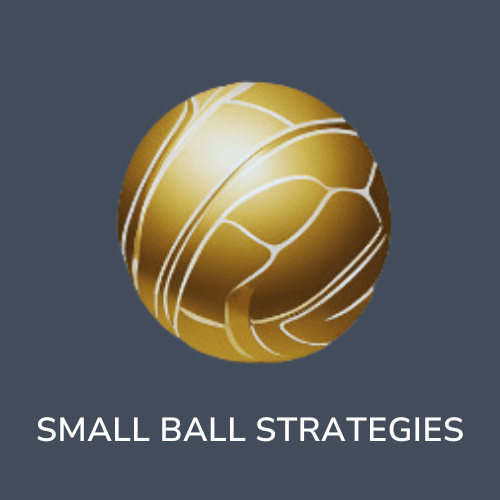Somehow we've come to be living 'in the upside down' (Stranger Things reference). Don't ask me how we find ourselves in the midst of civil unrest, viruses gone wild, natural disasters, and unlikely political bedfellows. I had none of that on my bingo card but I'm (in)famous for my hypervigilance and can't help but apply an early exit lens to it all.
All North American medtech startups hoping to exit via M&A this year have risks and opportunities to navigate in the current climate but Canadian medical device companies are particularly vulnerable right now.
Here’s a detailed look at the factors and implications that Canadian medtech startups will want to take into account when determining their corporate plans for 2025.
Political Uncertainty
- Regulatory Divergence: Changes in political leadership can result in shifts in health regulations or trade policies, potentially creating misalignment between Canadian and U.S. regulatory frameworks. This may delay market entry or acquisition processes.
- Government Priorities: Inconsistent support for innovation and medtech-specific funding initiatives (IRAP, SR&ED + specific NRC, regional, DND, and university grants and partnerships) can affect the growth trajectory of startups, making them less attractive to acquirers.
- Cross-Border Relations: Political tensions between Canada and key trading partners, especially the U.S., could hinder collaboration or raise concerns about supply chain stability.
Trade Wars
- Tariffs and Supply Chain Costs: Trade disputes leading to tariffs or trade barriers can increase the cost of manufacturing and exporting devices, reducing margins and making startups less appealing to buyers.
- Export Limitations: Restrictions on the export of medical devices or raw materials used in manufacturing could disrupt business models reliant on cross-border trade.
- Market Access Uncertainty: Retaliatory trade measures may limit access to larger markets like the U.S., which is a key buyer for Canadian medtech companies.
Industry Consolidation
- Fewer Buyers: Consolidation within the medtech industry means fewer large and mid-sized acquirers are available, reducing competitive tension during an M&A process.
- Shift in Acquisition Focus: Larger, consolidated companies often prioritize acquiring technologies that align closely with their existing portfolios, potentially narrowing opportunities for startups with niche solutions.
- Increased Bargaining Power: Consolidated players hold more leverage in negotiations, which could lead to less favorable deal terms for startups.
Combined Impact of These Risks
- Valuation Pressure: Political and trade instability combined with industry consolidation may create uncertainty in valuations, as buyers factor in potential risks to profitability and scalability.
- Slower M&A Timelines: Due diligence processes may become more cautious and lengthy, as buyers account for additional geopolitical and market risks.
- Heightened Focus on Risk Mitigation: Buyers may demand more stringent risk mitigation plans from sellers, particularly regarding supply chain, regulatory, and market access risks.
Mitigation Strategies for Canadian Medtech Startups
- Diversify Market Focus: Look beyond the U.S. to Europe or emerging markets to reduce reliance on a single region.
- Strengthen Risk Management: Develop contingency plans for supply chain disruptions, regulatory changes, and trade restrictions.
- Leverage Strategic Partnerships: Collaborate with established players who have robust cross-border operations to mitigate trade-related risks.
- Stay Informed: Monitor political developments and industry trends to anticipate potential disruptions and adjust strategies accordingly.
- Highlight Resilience: Emphasize your company’s adaptability in addressing geopolitical and consolidation-related challenges during buyer discussions.
I'll do deeper dives into how to capitalize on industry consolidation as well as the impact of potential tariff issues for both US and Canadian medtech startups in upcoming posts. In the meantime, buckle up!


